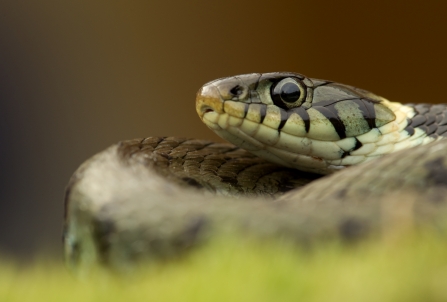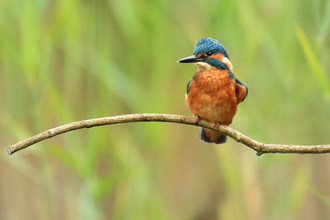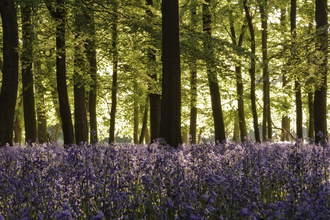The Manchester argus (or large heath) butterfly disappeared from peatlands just outside the city more than 150 years ago. First discovered on Chat Moss, it deserves its place back in Manchester. The GM Wetlands Species Reintroduction Project will bring these wonderful butterflies back to the Mosses over the next few years.
Our butterfly reintroduction is part of a wider reintroduction scheme of native plants and insects onto peatlands which are vitally important for wildlife and the environment.
Lowland peatlands (lowland raised mire) have suffered a 98 per cent decline in the North West. The remaining fragmented landscape is missing key species because of development, drainage, peat extraction and fragmentation. These species are unlikely to recolonise naturally.
The Manchester argus has been locally extinct for more than 150 years
Our species reintroduction project, centring on the Manchester Mosses SAC, is on a landscape scale. In Partnership we will deliver sustainable reintroductions of key species historically found on the Mosses, including plants and butterflies that are reliant on the habitat and are found nowhere else.
Along with a programme of re-wetting these peatlands, the plant introductions provide a strong base from which species like the large heath butterfly, locally called the Manchester argus, can be reintroduced.







